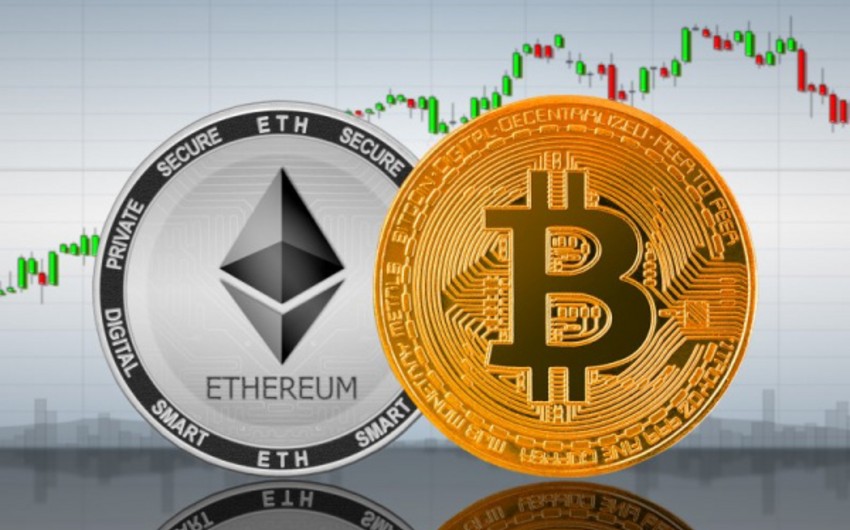Bitcoin's annualized 30-day historical or realized volatility rose to nearly 60% late last week, surpassing ether's 30-day realized volatility by nearly 10 percentage points, Report informs via CoinDesk.
The spread between bitcoin and ether’s annualized 30-day historical volatility gauges increased to the highest in at least a year, according to data tracked by Kaiko.
The spot ETF inflows and Bitcoin blockchain’s impending halving seem to have catalyzed greater volatility in BTC.
Bitcoin (BTC), the leading cryptocurrency by market value and trading volumes, is supposed to be relatively steady compared to other digital assets, protecting a trader’s portfolio from wild swings in the broader market.
However, bitcoin has been more volatile than ether (ETH) recently.
Bitcoin’s annualized 30-day historical or realized volatility rose to nearly 60% late last week, surpassing ether’s 30-day realized volatility by nearly 10 percentage points. That’s the highest spread in at least a year, according to data tracked by Paris-based Kaiko. Historical volatility indicates the degree of price turbulence observed over a specific period.
The bitcoin-ether volatility spread flipped positive weeks after the US Securities and Exchange Commission (SEC) greenlighted nearly a dozen spot bitcoin exchange-traded funds (ETFs), allowing traders to take exposure to the cryptocurrency without owning it.
Since then, traders have been squarely focused on the activity in the spot ETFs, with net inflows breeding upside volatility in bitcoin and the broader crypto market. In the meantime, the dwindling probability of the SEC approving an ETH ETF by May seems to have demotivated ether traders.
Bitcoin blockchain’s upcoming reward halving, a quadrennial event that reduces the pace of per block BTC emission by 50%, could be another reason for relatively higher volatility in the cryptocurrency.
On April 21, the inbuilt code will reduce the per-block reward paid to miners to 3.125 BTC from 6.25 BTC, halving the miner’s revenue, which, as per ByteTree, is currently at $26 billion annually.


 https://static.report.az/photo/14f6c045-dfa7-340f-93fd-520eb913763b.jpeg
https://static.report.az/photo/14f6c045-dfa7-340f-93fd-520eb913763b.jpeg

